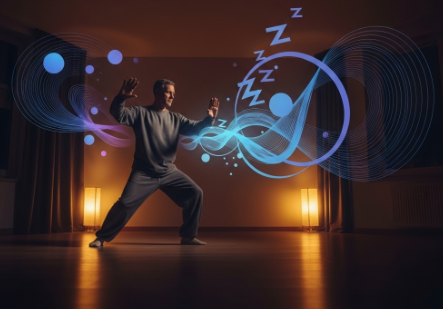Man City's Hidden Hazard: The Unprecedented Fatigue Crisis
Manchester City's Looming Crisis: Battling Unprecedented Fatigue and Injury Risks
Man City's Hidden Hazard: The Unprecedented Fatigue Crisis
By: Alex James
The Reigning Champions Face a Dire Pre-Season Challenge Amidst Gruelling Schedules
Manchester City, a club synonymous with the relentless pursuit of silverware and peak performance, finds itself in an unenviable position as it gears up for the new football season. The squad is confronting an unprecedented set of circumstances, including a drastically truncated off-season and a packed fixture calendar, igniting serious concerns among medical staff and experts regarding player fitness, mounting fatigue, and the looming spectre of injuries.
The Unforgiving Schedule: A Consequence of Success
The root of this challenging predicament lies in the club's triumphant campaign last season, which extended deep into the summer with their participation in the Club World Cup. This high-stakes tournament, held in America and featuring four demanding matches, meant that City's players endured a chaotic and unpredictable schedule.
Man City's Hidden Hazard: The Unprecedented Fatigue Crisis
Consequently, their traditional summer break, typically a crucial period for physical and mental rejuvenation, was slashed to a mere three weeks. This abbreviated recovery and preparation window stands in stark contrast to the longer, structured preseasons most top-tier clubs enjoy, setting the stage for potential long-term issues.
The Looming Threat of Player Burnout
The immediate concern stemming from this curtailed rest period is further compounded by the daunting prospect of the coming months. Key players, many of whom are international stars, face the very real possibility of playing upwards of 60 club matches across various domestic and European competitions. This grueling schedule is then set to be followed by another major international tournament—the World Cup next year.
Man City's Hidden Hazard: The Unprecedented Fatigue Crisis
Such a relentless accumulation of competitive minutes, with minimal respite, paints a stark and worrying picture of potential player burnout. The human body, even that of an elite athlete, has its limits, and City's stars appear to be pushed dangerously close to theirs, raising questions about sustained performance and overall well-being.
Expert Concerns: The Physiotherapist's Perspective
Physiotherapist Craig Lea has been a prominent voice in articulating the fundamental problems stemming from this situation. He emphasizes that the absence of a proper, extended preseason is not merely about physical conditioning; it's equally vital for psychological decompression and crucial data collection.
Man City's Hidden Hazard: The Unprecedented Fatigue Crisis
Heightened Injury Risk
Lea underscores that without sufficient time to "reset" physically and mentally, players are inherently at a higher risk of succumbing to short-term, acute injuries. These are the pulls, strains, and niggles that often plague athletes who haven't had adequate time to build a robust physical base or fully recover from the previous season's exhaustive exertions.
Data Void for New Signings
Beyond immediate injuries, Lea also highlights a critical data void. The compressed schedule makes it exceedingly difficult for the club's medical and performance teams to gather crucial baseline data on new signings. This information is typically vital for understanding a player's physical capabilities, identifying pre-existing vulnerabilities, and tailoring individual training and recovery programs. Without it, managing player load becomes a more speculative, rather than data-driven, exercise.
The Danger of Playing Through Pain
Another alarming dimension raised by Lea is the psychological pressure on players. In an environment where competition for places is fierce and the desire to impress the coaching staff is paramount, there's a heightened risk that players might attempt to "play through" minor injuries. This stoicism, while often lauded in sports, can have catastrophic long-term consequences, turning small niggles into chronic problems or forcing extended, debilitating layoffs down the line. Lea anticipates a "cumulative effect of fatigue and injuries," predicting that the real challenges and severe repercussions will likely manifest later in the season when the demands are at their absolute peak and players' physical and mental reserves are depleted.
Balancing Act: Short-Term Gains vs. Long-Term Health
While there are acknowledged, albeit limited, benefits to such an intense start—such as players potentially gelling faster on the pitch and perhaps reaching a higher level of in-game performance due to continuous play—these are largely outweighed by the overwhelming sentiment of worry. The continuous competitive rhythm from the previous season might offer some initial sharpness, but it comes at a significant cost to overall health.
The collective concern within the club and among football analysts revolves around the critical issue of player burnout. Manchester City's ambitious goals for the season will undoubtedly test the resilience of their squad, making effective player management, astute rotation, and proactive recovery strategies more crucial than ever in mitigating the profound risks posed by an unyielding schedule and severely curtailed recovery period. The challenge for the coaching and medical staff will be to navigate these turbulent waters while trying to maintain a competitive edge.
Labels: Man City's Hidden Hazard: The Unprecedented Fatigue Crisis





















